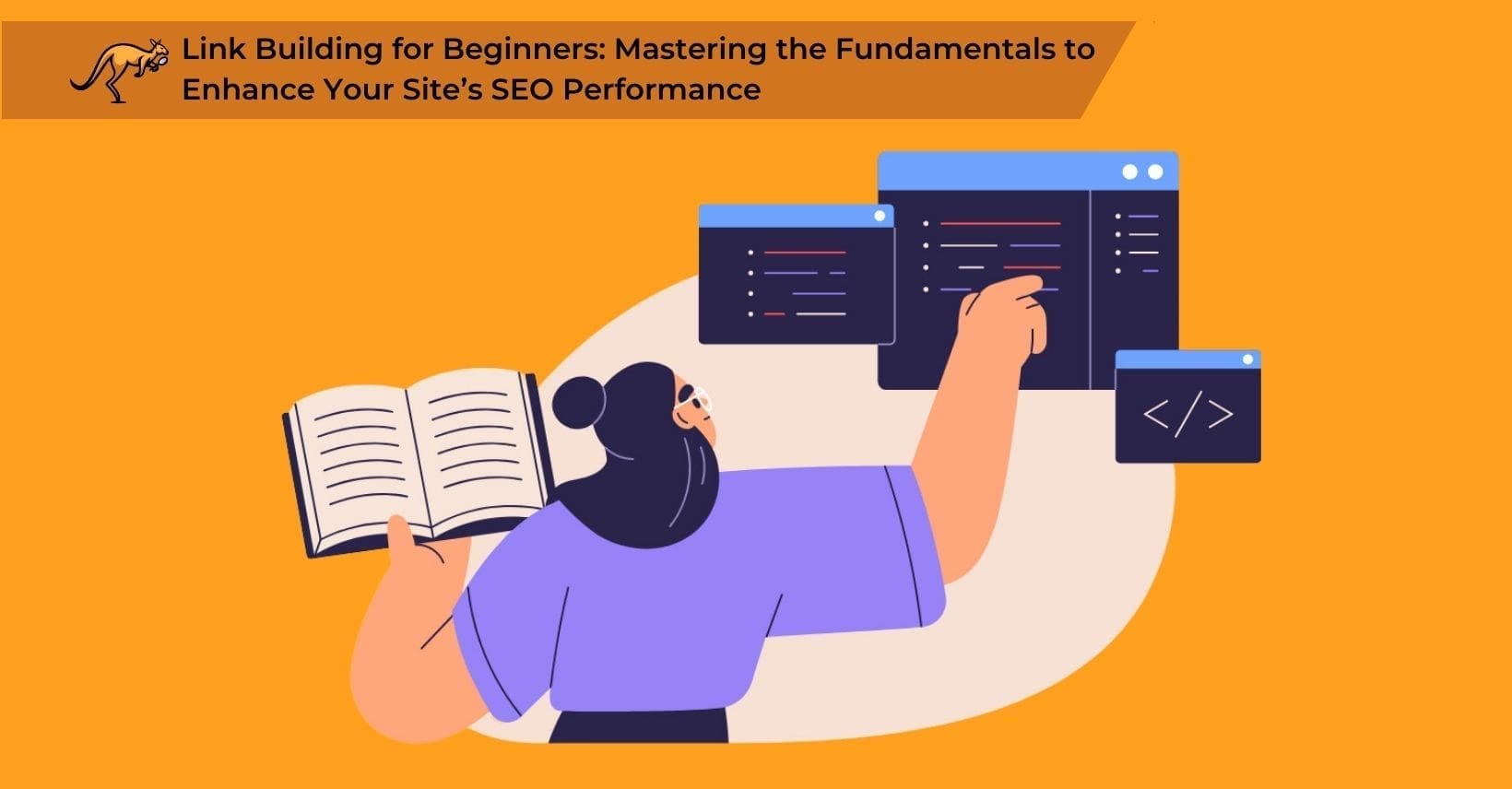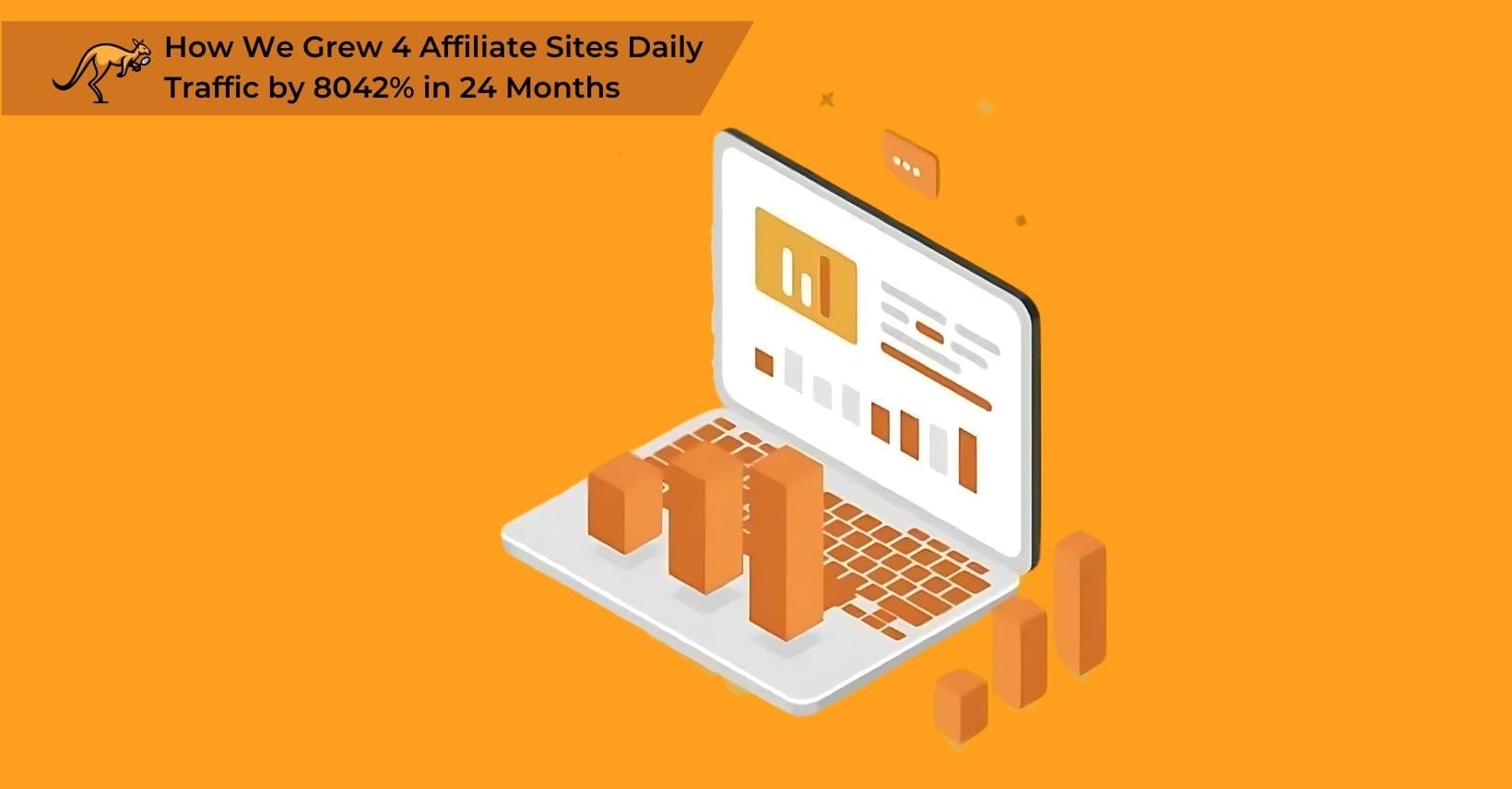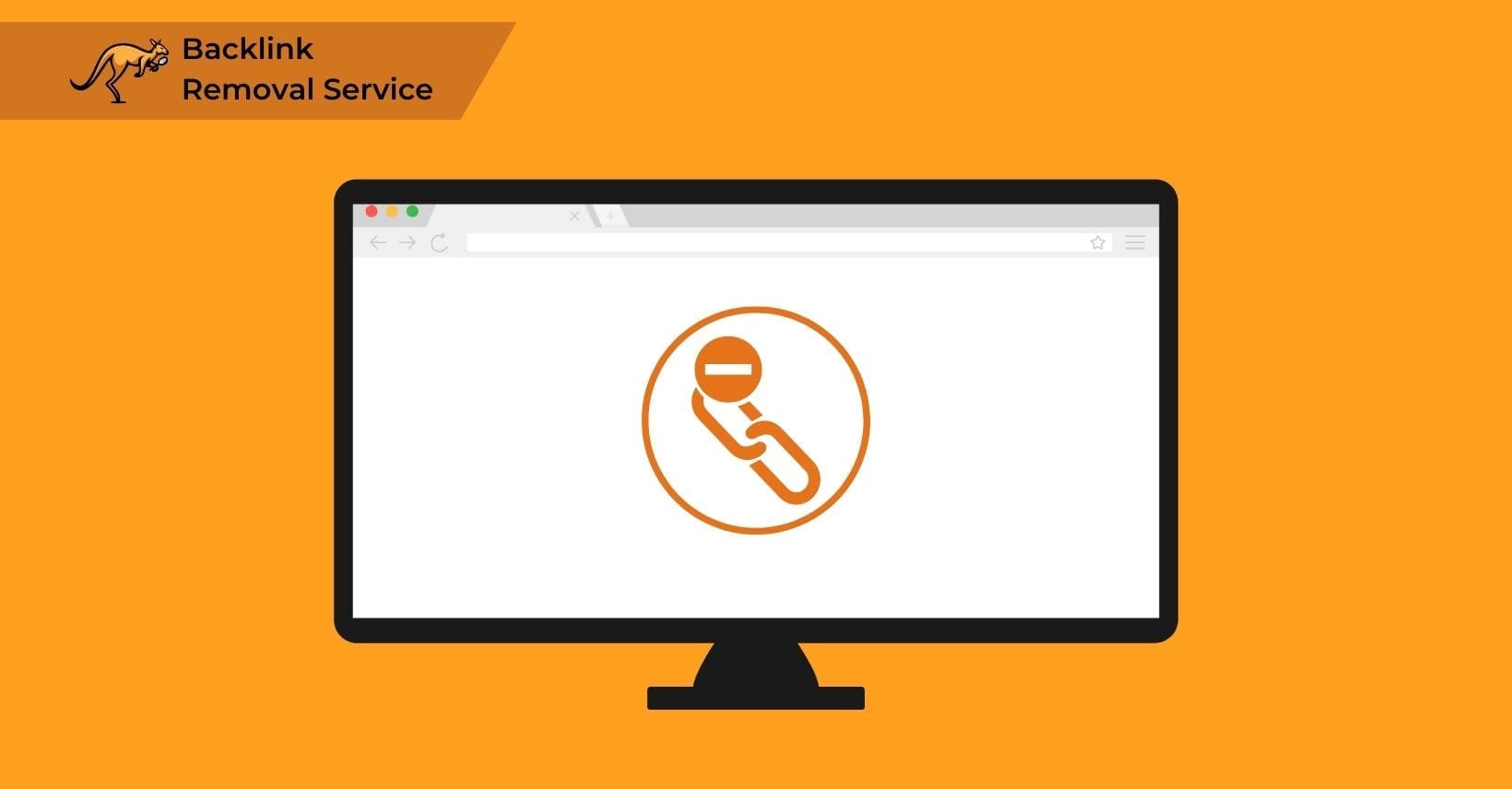Link building is the fundamental basis of Search Engine Optimization.
Whether you are doing minor SEO work to boost one page on your site or a full SEO overhaul that covers the entire website from top to bottom, you can’t get very far without being able to build links.
However, link building itself can also be quite hard to understand at first.
The skillset involved in building high-quality links is very different from most other skills you might have picked up while managing a website’s marketing, and it requires a different attitude to do correctly.
If you are brand new to link building strategies, then this beginner’s guide to link building aims to help you understand how it all works.
The more you know regarding building links, the easier it becomes to keep your own website ranking high in search engines.
Part One: An Overview of Link Building
Before you can explore into the different link building methods or understand broken links, it is important to know the absolute basics.
Link building is a very different process from regular marketing methods and promotional tricks.
What is Link Building?
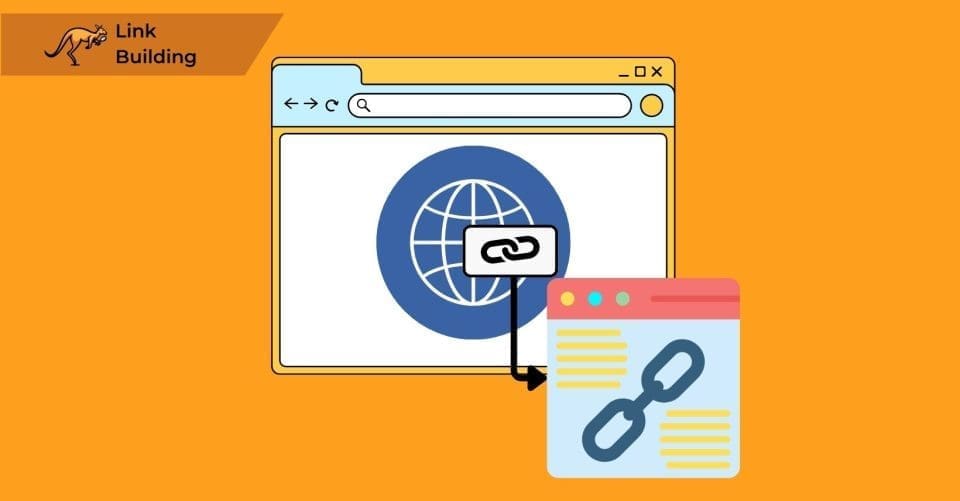
In simple terms, link building revolves around pointing links from other websites back to your own. Doing this provides some benefits to the web page or website that the links are pointed at, helping you appear for more users in your target niche.
This means that link building is quite a varied strategy since all that matters is building the right links in the right ways.
However, all link building options still fall back on the same goal: finding and taking advantage of opportunities to create useful links.
There are only three ways to get to a new webpage: typing in the URL, clicking a bookmark that was saved earlier, or clicking a link.
Search engines are effectively just link sorting systems, but the algorithm that operates that system also relies heavily on links as a measure of quality.
How Does Link Building Work?
SEO is all regarding to optimizing a site for search engines, as the name suggests.
The main goal behind SEO is to make a website rank higher in search platform results for the right kinds of topics – for example, a furniture company would want to rank higher for searches regarding in buying furniture.
Google (and most other search engines) use a system called “link equity,” or “link juice,” to allow sites to transfer their authority (a measure of trust and quality) to sites that they link to.
Higher authority can help boost rankings in precise ways.
With link building, site owners are trying to create links on relevant sites with relevant content and keywords.
These sites link back to their own, transferring some authority and boosting the target site’s rankings for whatever topics the links are related to.
This means that good links can directly influence a site’s rankings for related searches, putting them higher in those results pages and drawing in more organic traffic from users making those searches.
How Do Links Influence Search Engine Ranking?
While nobody knows the exact in behind of Google’s algorithm, link building is all around relevancy.
Google wants to keep search results high-quality, and that means serving users content that is very relevant to their searches.
A good link building strategy targets relevant websites with relevant content, trying to get the authority boost from sites in the same niche or talking around the same topic.
The more relevant the link and its context are, the better the boost.
However, each link can only provide so much of a benefit, which is based on the authority of the site it is coming from.
A low-authority site will not provide as much link juice, whereas a high-authority one can be a major boon to any site owner.
In other words, link building involves making relevant and high-quality links from good websites.
These links push you higher on search platforms, giving you more of a presence when people are searching for content or services like your own.
How Does Google See Links?
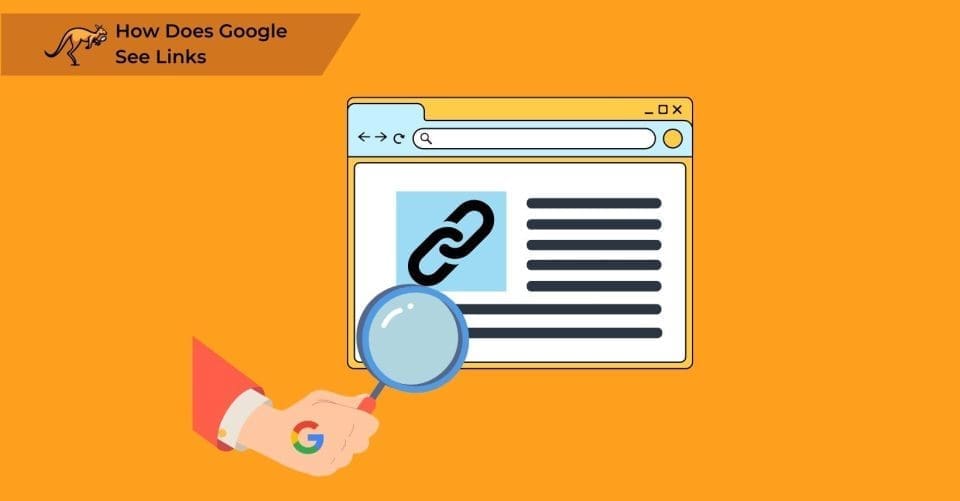
Most search engines care around serving users the right content: something that is relevant to their search and high quality.
For search platforms like Google, a link is a mark of quality and trust.
If a site is linking to another, then it suggests that the target site is trusted and valuable to the site that hosts the link – so the authority of the original site is used to boost the authority of the target site.
This vote of confidence means that sites with more links from major sources will appear higher in search results.
The linked page is being marked as higher quality because other sites are using it as a resource, reference point, source, or subject in an article.
While there are a lot of factors that change how this exact system works, depending on the type of link used, this is generally the point of the system.
Getting more great-quality links directed at your site is a sign that the site is worth visiting and using.
Dofollow and Nofollow Links
Dofollow links, which pass equity, are contrasted with nofollow links that do not contribute directly to your site’s ranking power.
While nofollow links have their uses, particularly in clear and strategic contexts, dofollow links are generally more beneficial because they transmit ‘link juice’ and enhance your website’s authority. Ideally, a well-rounded backlink profile includes a mix of both types, ensuring a balanced approach to your SEO strategy.
This balance is important as it impacts your site’s authority and overall online visibility, which leads us directly into exploring the varied benefits of link building.
Part Two: What Does Link Building Offer?
What exactly does link gathering provide that regular marketing methods can’t?
If you have already done some SEO work by optimizing your own site and pages, it might seem like these links are a fairly low-powered option compared to simply buying online ads or using other promotional methods.
However, link building actually provides a lot more than just pushing you higher in search results. When used correctly, a good link profile (your site’s list of incoming links) can support your entire brand in multiple ways.
Lower Costs
While link building is not necessarily free, it is also a lot cheaper than trying to maintain a huge amount of paid ads.
Trying to build links is not a replacement for paying for ads, but it still offers some huge advantages if you are trying to keep your costs low.
For example, guest blogging links will not generally cost anything to maintain. As long as the linking page itself still exists, that link is still working.
Not all linking opportunities are free, but they can still be far cheaper than a regular ad. Considering that they also have no upkeep cost, they are easily one of the best long-term options for promoting your site to a relevant audience.
Greater Traffic
Traffic is one of the core goals of any link building campaign.
Not only can good link building efforts provide more organic traffic through your higher rankings, but the link itself can also sometimes lead to referral traffic.
This makes an effective link placement a two-pronged source of traffic – one that does not usually cost anything to maintain.
Relevancy is the biggest factor here.
Since link building focuses mostly on gathering links on relevant websites and content, you are more likely to receive relevant traffic from these links, and clicks from irrelevant traffic do not cost you anything either way.
Visibility
Visibility is the main goal of any business that wants to advertise.
While advertising might let you plant ads on a lot of relevant sites, link building is special in the way that it keeps your brand visible.
Rather than appearing as ads that the user might have mentally tuned out (or blocked with a browser extension), link building affects regular search results.
Increasing your rankings places you higher in the part of search platforms that users are guaranteed to be focused on.
Reputation
Link building has a good chance to cause a snowball effect on smaller sites.
While you might be stuck with simple blog post links on minor sites to begin with, boosting your rankings also boosts your status.
Not only can link building help you reach greater levels of success, but it can place you in a prominent position to get more attention from other businesses.
This might lead to even greater amounts of links pointing at your site in the future.
For example, your site has a page explaining how a certain kind of product works.
If that page manages to appear higher in search engine results, more users may link to it as a reference point in their own articles and pages – boosting its rankings even further.
Target Audiences
Link building relies on creating relevant links, which means that most optimal links are going to be connected directly to your website and content in a clear way.
Not only does this boost your rankings in search results for those topics, but it also helps you target the right audience.
If you build links targeting distinct relevant topics, then you are essentially guaranteed to get traffic from people looking into those topics.
The more you stick to those relevant audiences, the easier it becomes to draw them in as search traffic.
Since link building is mostly free, you also are not losing any money if you get clicks from irrelevant users.
Unlike paid ads, there is no limit to the amount of clicks and attention that a link might bring you, so you do not need to be as concerned regarding who you are targeting.
The Snowball Effect
As demonstrated, a well-executed link-building strategy can initiate a virtuous cycle. By securing high-quality, permanent promotional links, you enhance your site’s rankings and visibility and create a foundation for further link acquisition.
This ‘snowball effect’ enables the continuous growth of your link profile, as each new link increases your site’s attractiveness and visibility, naturally attracting more links.
Such organic growth, fueled by your initial efforts, simplifies expanding your link-building activities as your site gains prominence.
This strategic approach underscores the importance of deliberate planning in link building, leading us seamlessly into exploring diverse Link Building Strategies.
Part Three: Link Building Strategies
While link building itself is obviously a very powerful tool in your arsenal, you can’t just rush into planting links on every site you find.
Below are the good strategy for building the right links in the right ways and for promoting the correct pages to your target audience.
The Two Main Strategies
Modern link building involves two major strategies: link attraction and link outreach. While there are a lot of smaller techniques that can change how you build links, these two strategies are the core of any SEO project.
What is Link Attraction?
Link attraction focuses on earning (or “attracting” links).
This means creating content that will get noticed by other websites and content creators in the hopes of earning natural links from them, relying on the quality and “linkability” of your website to get results.
This strategy can take quite a lot of time to properly pay off, but it also sidesteps a lot of the issues with pursuing links directly.
Since you are getting purely organic links, they are usually all going to be valuable links, and the inbound links are usually going to be permanent (unless the linking site deletes or changes that content).
Basically, you are relying on your site being worth linking to.
The more value you can offer from your web pages, the more likely you are to get links from other websites, which allows you to generate links over time without having to do much yourself.
As you gain more authority and achieve higher search rankings, your site will become more visible and have more value attached to it.
The snowball effect mentioned earlier can apply here: if you are lucky, you can start to attract links from bigger and bigger sites.
The only downside is that you have no real control over the process. You can’t force extra links to appear, and you can’t decide where the links are coming from or how relevant they are.
What is Link Outreach?
Link outreach, also known as link placements or manual link building, is the process of building links directly.
While it is easy to assume that this is simply a form of spammy link building techniques, it is actually an entirely different strategy that can be used legitimately.
Manual links involve a lot of outreach: talking to other sites to try and get links placed on their website.
In general, the goal is to find or create content as a way of planting links on another site, giving you more control over the links you place and the linking page that you choose.
There are multiple different ways of approaching this, depending on what the target side allows:
- Creating content with a link embedded in it
- Having the site manager or owner write content that links to your website
- Planting a link in existing content that is relevant to your business
- Having an older piece of content altered to include a new link to your site
- Replacing red (broken) links that point to deleted sites with links to your own website
Effective link building strategies demand proactive engagement in finding and securing new opportunities for links, requiring site owners to actively search out and exploit these possibilities instead of passively waiting for them.
The success of these efforts greatly depends on the ‘linkability’ of a website, which contains factors like the site’s authority and reputation. Websites that appear untrustworthy or lack valuable content are unlikely to attract backlinks from reputable sources.
This important aspect of link building emphasizes the need for websites to enhance their appeal and credibility, which we will explore further in the next section on Linkability.
Linkability
Linkability is the idea of a page being worth linking to – offering content that people want, being relevant to the chosen site, and being on a site that is just generally good overall.
For example, a page with valuable content becomes more linkable since it actually has some value to users who might visit it.
However, a site that is poorly secured or looks like a scam site will become less linkable overall since it does not look like a good resource to other website owners.
Good link building relies on having highly-linkable pages to target.
This means creating a website that has some reason for other website owners to link back to it, like being a good resource or offering a product that they are reviewing.
Remember that linkability is not an easily quantifiable thing.
Different sites and link types will be looking for different kinds of linkability – a blog site post regarding your company’s products and an article concerning how to use products like the ones you offer are not the same thing, and may be looked at as different kinds of content.
Authority
As mentioned earlier in this guide, authority is the basis of how linking and search result rankings work.
In a general sense, authority is a score of how highly respected your site is by search engines, which is influenced by the way that the search platforms and other sites engage with you.
However, authority is actually two different concepts: page authority and domain authority.
While they mean the same thing in theory, they are actually slightly different, and the SEO community has spent a lot of time trying to work out exactly how they are used.
Keep in mind that authority is purely subjective and assigned to websites based on the search engine’s trust in that site.
A high-authority site could still be mediocre at best or not even stand out from its competition – but the right steps can still push it into a higher tier of authority.
What is Page Authority?
Page authority ranks the content within a website page. This applies to that exact page, so a higher page authority means that a given page will have more of an SEO impact in general.
What is Domain Authority?
Domain authority evaluates a website comprehensively, incorporating the impact of all its pages and content.
This overarching metric illustrates that even pages with lower individual authority can perform well within the context of a high-authority website, leveraging robust link-building strategies. Such strategies underscore the significance of domain authority in enhancing a site’s visibility and search engine ranking.
This strategic importance of domain authority transitions naturally into the discussion of link penalties, where the misuse of link-building practices can lead to substantial setbacks in a site’s SEO achievements.
Part Four: Link Penalties
Links alone don’t guarantee SEO success; their quality and legitimacy are important.
Search engines like Google may impose penalties for what they deem manipulative linking practices, emphasizing that not all links are beneficial. Prioritizing high-quality links and eliminating potentially harmful ones is essential for maintaining your site’s SEO health.
This careful selection helps avoid penalties from search engines, which can greatly impact your website’s authority and ranking. Understanding the risks associated with improper linking practices leads directly to exploring link penalties, why they occur, and how they can affect your site.
What are Link Penalties?
Most search platforms will slap penalties on any site that uses banned link building methods. Google’s guidelines are a good example of what can qualify as a “bad link.”
For example, Google may slash your rankings if you use too many black-hat (banned) options or may simply make certain links worthless if they were clearly gained through questionable methods.
These penalties can vary from a single link being turned valueless to your entire site being removed from search results until you can prove that you have turned it back into a legitimate ranking candidate.
While this can be reversed, it takes a long time, especially if your site suffered major penalties due to a huge reliance on black-hat methods.
White Hat Link Building
Building links can be done in many ways, but the most reliable are the white-hat methods.
These are fully within Google’s guidelines and protect you from any major consequences or penalties that black-hat methods would lead to.
Most of these rely on you taking the time to improve your site and content, boost your linking potential, and trying to arrange fair linking opportunities that do not take advantage of another site.
Google (and most other search engines) can identify white hat links from their questionable black hat counterparts in a number of ways, including:
Diversity
Google detects patterns very easily and will notice if there seems to be an artificial rhythm to your links.
If you are not keeping your links diverse, then search platforms may see it as an attempt to game the system.
For example, if your SEO efforts involve seeking links with the exact same anchor text pointing to the exact same page, Google may take issue with how you are not focusing on anything else.
Getting a huge amount of links from a single site can also look sketchy, especially if all of the links are earned in a short span of time.
Trying to milk as many links as possible out of a single site usually backfires horribly, especially since duplicate links do not always even help your SEO.
Too many links pointing to the same linked page can also flag up some questions, especially if it is the only page on a site that seems to ever get any links.
A broader range of linked pages helps to prove that the links are authentic and earned naturally.
Authority and Strength
The domain authority of the link sources you choose really matters.
Not only does it lead to better results, but a wide range of authority levels can look more natural than getting consistently high authority links from nowhere.
This also works in reverse – if you are getting a huge amount of terrible-quality links from spam sites that have no relation to you, then your SEO will suffer.
This happens since search platforms may interpret it as you flooding your site with links to try and boost your rankings.
Context
Context is another element that really matters and is a core part of your major ranking factors.
The context behind a link makes a huge difference to how much of an impact it has, especially if that context is fully relevant to both sides of the link.
For example, a link from an article regarding cars to an online car dealership will be relevant. However, if that article was a guest blogging post on a blog regarding the food, the context is not quite right.
This can lead to the results of the link being much weaker, and in some cases, search platforms might even completely deny or penalize fully irrelevant links that are obviously just guest blog post spam.
Relevancy
Relevancy is crucial in link building, strengthening referral traffic and SEO. For example, a link with the anchor text “fishing gear” should direct users to a page around fishing gear to optimize effectiveness.
If the link instead leads to a page regarding types of fish, the relevancy diminishes, reducing the link’s authority. This misalignment is even more pronounced if the link points to unrelated content, such as holiday destinations.
The significance of link relevance underscores the potential risks and inefficiencies of improper link practices, leading us to the discussion of Black Hat Link Building, where relevancy is often compromised for short-term gains.
Black Hat Link Building
Black hat link building methods are a lot more questionable and rely on using methods outside of Google’s guidelines.
These are both banned methods and are usually quite ineffective unless you get really lucky, meaning that they are not worth including in link building campaigns.
There is also the fact that most of these methods below will get pages and sites penalized if they are discovered.
This can tank your SEO rankings regardless of your overall link quality, potentially destroying your ability to rank entirely (or even appear in search results) for quite a long time.
Link Exchanges
Reciprocal links – meaning links that are given as an exchange, with each site linking to the other – are identified and ignored by most search platforms.
Having too many can also get your site massively penalized unless they are used for internal link building between multiple sites that are all part of the same brand or interconnected system.
This also includes private blog networks – sites that are created and hosted across different IP addresses to link to each other, effectively making entirely fake link sources.
Internal links do not count for this – meaning links that take users from one place to another within the same site.
Link Spam
Spam is always bad. While it can pad out your link profile and provide a short-term boost to your numbers, it also results in major penalties when the spam links are detected.
While poor-authority backlinks are not worthless, a sudden influx of them can look like a spam link building attempt, which will usually get your entire site’s rankings lowered.
This can also cover links from spaces that clearly are not worth much, such as blog comments.
While these are not inherently spam on their own, they are not that valuable and may get penalized if links are placed in comments across hundreds of blogs.
Paid Links
Paid links, a form of black hat SEO, are against Google’s guidelines and pose a risk of penalties if not disguised as natural links.
While promotional content involving paid links is more tolerated, outright buying links can jeopardize your site’s standings in search results. Conversely, white hat techniques like broken link building and link reclaiming are safer, as they involve revitalizing existing links rather than purchasing new ones.
This transition to ethical practices segues into exploring common link-building strategies that enhance your SEO without risking penalties.
Part Five: Common Link Building Strategies

By now, you probably understand what link building is, but now you need to know how to do it.
Building a link properly requires an understanding of how this system is supposed to work – like many parts of SEO, there is a correct approach to building links.
While earning links passively and manually building them are technically different, they both roll into the same end goal.
The section below will cover some of the most popular and effective methods to secure quality backlinks.
Creating Linkable Content
Making content that users want to link to is a very easy way to gather up extra links.
As a passive form of link building for SEO, you can simply leave the content to generate natural links while hunting down even more links manually.
There are certain pages that really shine for passive link building: resources, directories, guides, or anything else that can provide some kind of consistent and valuable content to users.
Asking For Links
Sometimes earning a new link is as simple as asking.
While it is rare to see websites link to another one without a good reason, you can always have other websites link to resources on your site if they would be relevant to the content they host.
For example, you might have visual elements like infographics or original research worth linking to.
There are also how-to guides, ebooks, or even something more niche, such as technical product breakdowns.
If asking for a free link does not work, you can always come to a special arrangement with that website owner – as long as you are not slipping into any black-hat methods.
Adding Links Directly
Sometimes you can go to another site and simply add a link yourself.
This is easy to do on social media platforms, business directories, or anywhere where you could have full control over the link and anchor text.
This is not that useful since most search engines will recognize these low-authority link sources on sites where everybody is linking to their own site. However, it also can’t hurt to have them there.
Pitching Content
Pitching a guest post or promotional post to another site is one of the best link building strategies for manual link placement.
Instead of asking for links, you are pitching content to them, often with some kind of compensation available for them as a result.
This allows you to place a link and the surrounding context on any site that accepts it.
If you are able to write the article yourself, then you can tweak things to give your link the best context possible, boosting its authority dramatically.
Remember that not all sites will accept this, and some will want to make changes to the content before posting it.
You will also want to identify links within the content so that the other party understands what you are looking for – otherwise, they may simply remove them.
Getting Promotional Articles
If you do not want to write the content yourself, arranging for a promotional article written by the site or blog owner can also work.
Of course, this also means that you are giving up control of what is being written for you.
For example, if you provide the products for a product review, the site’s owner might not actually like the products and will be free to say that in their review.
However, these can be quite an easy way to get links and get more eyes on your products or services, especially if you pick a site that already has quite a large reader base that fits into your target audience.
Broken Link Building
Broken link building is an SEO trick that involves finding a broken link (a link that points to a site or page that no longer exists) and asking the website owner to redirect it to some of your own content.
Ideally, you want a broken link that would have pointed to something similar to your own site.
The more relevant the broken link is, the stronger it will be, and the more likely the site’s owner will be to agree to the arrangement in the first place.
Doing this correctly can allow you to inherit whatever benefits the original site was getting, but you need a suitable piece of content to link to first.
This might mean that you need to write an entirely new article or alter an existing page to better suit the links you are pursuing.
Reclaiming Links
Reclaiming lost backlinks, a critical process in maintaining your site’s SEO strength involves identifying links lost due to changes like URL updates and engaging with site owners to restore them.
This method, while dependent on the cooperation of external site owners, leverages SEO tools to pinpoint previously linked old URLs, offering a pathway to regain valuable link equity. Such efforts, especially when focused on high-authority sites, reinforce your site’s long-term SEO foundation, paving the way for strategic link-building endeavors.
This segue into the importance of strategized link building underscores the necessity of a systematic approach to reclaim lost links and continuously enhance your site’s link profile through Making Link Building Strategies.
Part Six: Making Link Building Strategies
Having a solid strategy is important for all Search Engine Optimization work, but especially with links. The SEO industry is a very complex niche, and both passive and manual link building work best when you have a plan to follow.
Your link building tactics might vary depending on your situation and goals, below are some clear tricks that are always worth using.
Know Your Goals
Have a goal in mind for your link building tactics. Never try to build links at random – always know where they should be targeted and what they need to be relevant to.
Do Keyword Research
Always do keyword research before capturing more links. Good keyword research can tell you exactly which anchor text terms and page titles to use for maximum authority gain.
Tweak Your Site
Whether it is new metadata options from keyword research or just some minor on-page SEO changes, be willing to adjust your site to suit your links if needed.
Use Flexible Link Building Tactics
Search traffic and rankings can be unpredictable, often requiring you to change up your methods to suit each situation. This can make it important to stay flexible, especially for a small business owner.
Use Internal Linking
Internal linking can indirectly boost SEO by making your site easier to use, allowing visitors to quickly navigate around your site with much less effort. Good internal links are invaluable in a site of any scale.
Keep Relevancy In Mind
Always make sure that pages link to content that is relevant and worthwhile. An irrelevant link can be incredibly weak or even actively harmful to your SEO.
Use Common Sense
Prioritizing common sense in your link-building strategy is essential; indiscriminate linking, such as overusing forum posts, can harm your SEO.
Equally important is maintaining a well-documented backlink profile to understand the origins and nature of your links effectively. These practices ensure a solid foundation for your site’s link structure, setting the stage for advanced strategies.
As we look ahead, let’s explore the next steps in evolving your SEO approach in the section “Where to Go From Here.”
Where to Go From Here
Link building for SEO is a complex practice requiring the strategies for each website and link opportunity.
Whether it involves broken link building or another technique, each scenario demands a special approach and thoughtful planning. This adaptability is important because no single link-building method can guarantee success across diverse websites.
The effectiveness of link-building lies in understanding the different attributes of links and gaining practical experience with various types of linking scenarios. Finally, SEO is a customized process designed to fit the exact needs of each website, paving the way for us to explore how utilizing links strategically can enhance search engine rankings in our next section.
Using Links to Boost Rankings in Search Engines
If you are looking to start improving your search rankings and achieve greater online success, then jumping into some link building is not a bad idea.
It only takes a little while to grasp the fundamentals of how you can build links effectively.
Whatever you do, make sure that you are prepared to change your tactics if something goes wrong.
Like any kind of SEO, random chance is always a factor – and Google’s algorithms will not always work in the way that you expect.
Building a Full SEO Strategy
Once you understand the power of links in SEO, streamlining your strategy becomes simpler. Efficiently collecting links that elevate your search rankings will enhance your ability to present key pages to your intended audience and expand their reach.
This strategic gathering of links not only optimizes individual page performance but significantly influences your overall SEO effectiveness. This understanding sets the stage for a deeper exploration into how strategic link building can transform your SEO efforts, leading us to the benefits of elevating your SEO through strategic link building.
Summing Up: Elevating Your SEO Through Strategic Link Building
Mastering link building is important for enhancing SEO and boosting your site’s visibility. This guide has outlined the essentials—from understanding link building basics to implementing strategic practices and avoiding penalties. The focus on quality links, relevancy, and adherence to white-hat methods underpins successful SEO efforts. Moving forward, it’s essential to continuously refine these strategies, integrating them into a broader SEO plan to improve rankings and establish your site’s authority. Embrace ongoing learning and adaptation to keep your link building effective and aligned with your digital goals.
